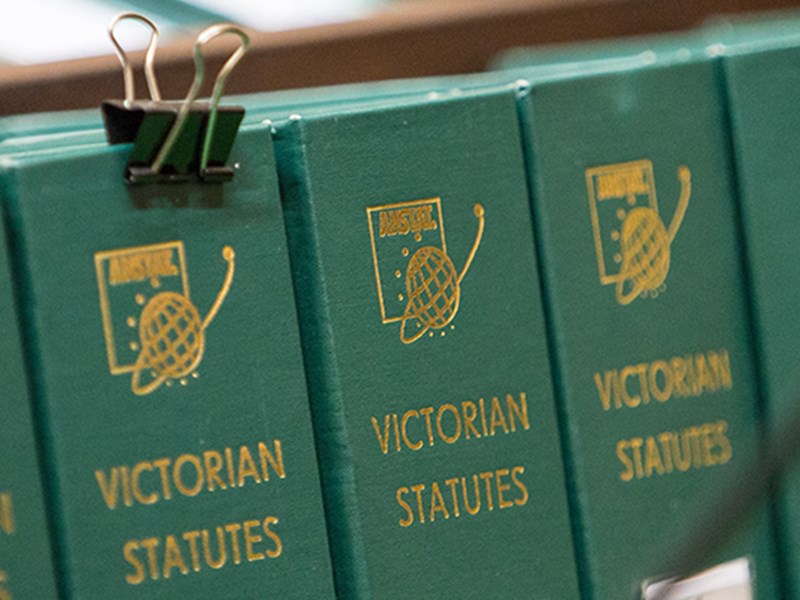How a law is made: Teacher guide

This teaching guide presents activities and a case study that have been designed for grades 3 to 6, but can easily be adapted for Years 7 to 12 as either establishing prior knowledge or consolidation activities.
The activities look at why we have rules and laws and the differences between them. This can be used in conjunction with our video 'Parliament of Victoria explains: How Parliament makes laws', with some questions to help student understanding of this process.
If you're looking to dig a little deeper, we've also provided a brief overview of the Domestic Animals Amendment (Puppy Farms and Pet Shops) Act 2017, commonly known as 'Oscar's Law', and some links to the parliamentary committee inquiry and government response.
Alternatively, the Legislative Council Economy and Infrastructure Committee conducted an inquiry into the use of school buses in rural and regional Victoria. This could be a great case study (no matter where you live) to investigate the role committees play in making laws. More information, including the terms of reference for the inquiry and the process of making a submission, can be found on the inquiry webpage.